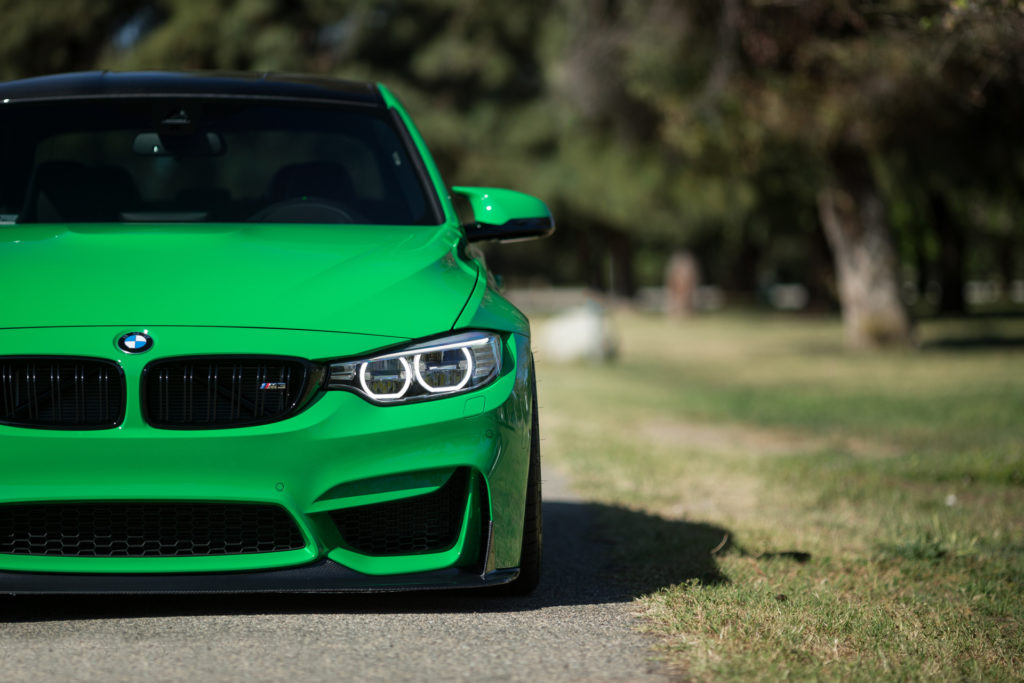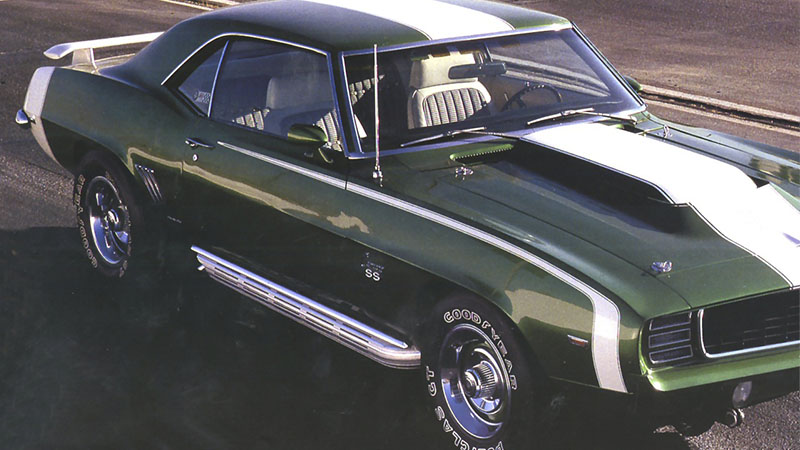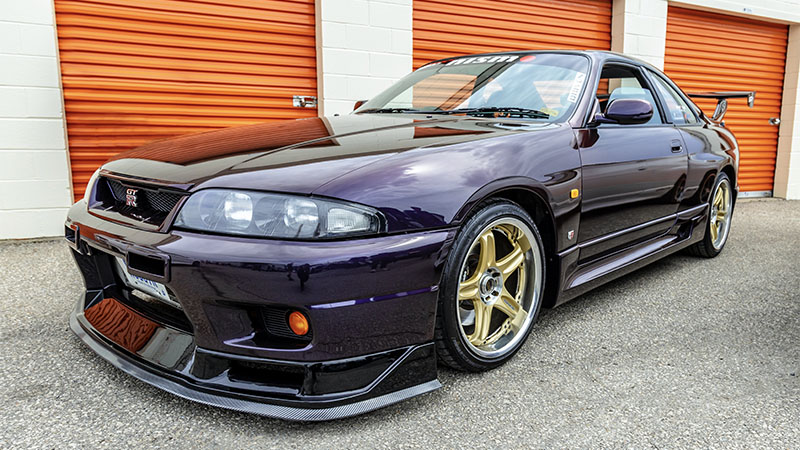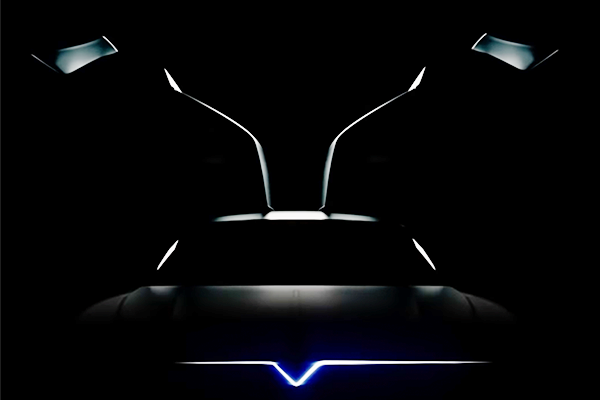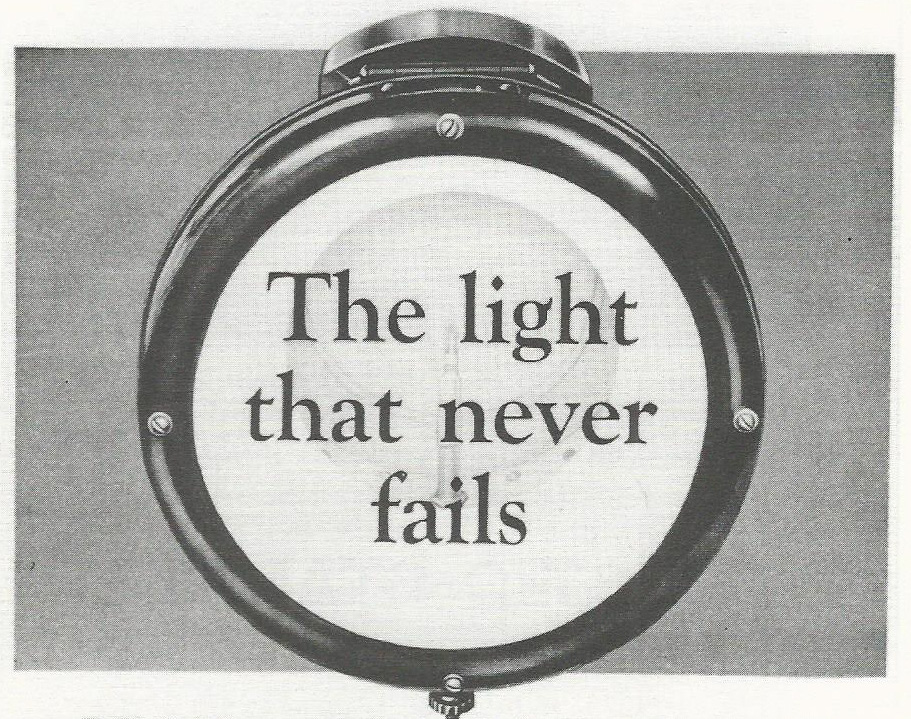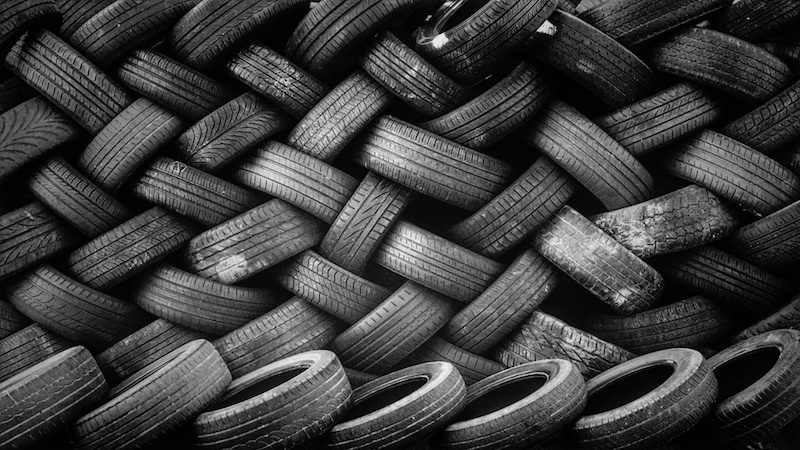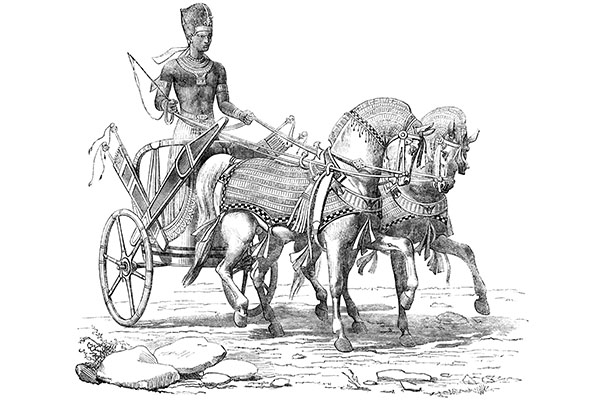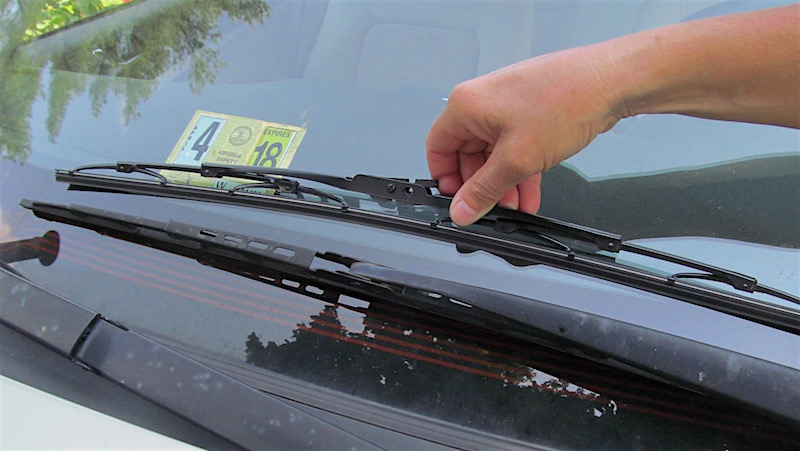Source | Adel Ben/Unsplash
Tuner culture means a lot of things to a lot of people. You can say it started in Japan, or America, or even Germany. There's always another side to the story. You can say it's only about certain engine or suspension modifications, but you know there are some awesome mods out there that you've haven't even heard of. You can say it's only about particular brands or body styles, but there's a tuner forum for practically every model ever built. Ultimately, tuner culture is where the cars we love meet the limits of our imaginations. That's something worth celebrating. Let's take a look back at the origins of tuner culture and how it came to be an integral part of the automotive landscape.
International motivations
If you want to go way back in the day, the Indiana-based Roots brothers were hot-rodding blast furnaces in the mid-19th century. They needed a better way of melting iron with hot air, and an air pump with rotating impeller blades proved to be an excellent solution. That's where the phrase "Roots-type supercharger" comes from, if you didn't know.
But the Roots brothers never supercharged a car motor, because they lived out their lives in the horse-and-buggy era. That task fell to German engineer Gottlieb Daimler (the surname might ring a bell) who in 1885 was the first to apply the Roots' forced-induction principles to the internal combustion engine. As for the turbocharger, it was more of a team effort, coming into its own from World War I through the 1920s as a performance-enhancer for airplane engines around the globe.
Of course, forced induction only represents one branch of tuner history. If you want to talk about naturally aspirated performance, you've got to give the USA its due. As early as the 1930s, American tuners were dropping hopped-up Ford "flathead" V8s into anything with four wheels.
Later, the Italians and Japanese would perfect the art of the high-revving naturally aspirated engine, from Honda's screaming inline-fours to Ferrari's legendary wailing V8s. In Germany, meanwhile, Porsche turned the flat-6 engine into a museum piece that has lately struck the fancy of American tuning firm Singer.
Today, it seems like anything's possible under the hood. You can even tune your vehicle's systems yourself. Modern tuners are standing on the shoulders of engineering giants, from all corners of the globe.
Fashion forward
Another aspect of the tuner scene that we take for granted is the emphasis on cutting-edge style. But there's plenty of history here, too. For the American aesthetic (think side-outlet exhausts and power domes on the hood) you've got to go back to that hot-rod scene. Start in the 1930s, pass through the initial postwar years, and finish in the muscle-car era of the '60s and early '70s.
When it comes to slammed Civics and Integras and that sort of thing, you're looking at the results of parallel movements in Japan and Southern California. Starting in the late '70s and early '80s, newly prosperous middle-class kids in both locales had access to a wave of affordable Japanese compacts, and their exuberant fashion sense spawned a movement that the manufacturers themselves came to embrace (see, for example, Honda's Type R factory street racers).
Then there's the German tuner sensibility, which tends to err on the side of subtlety and refinement. The body kits preserve the stock design language rather than reinvent it, while the custom exhaust systems amplify the engine note without overwhelming it. German manufacturers have gotten in on the action with their own in-house tuning operations, most notably BMW's M division and Mercedes-Benz's AMG. If you look around today, though, what's striking is the cross-pollination on all sides. A tuned 2015 BMW M4 might be bright orange with a huge wing on the back, while a modded 2015 Ford Mustang might be as sleek and restrained as an Aston Martin. Globalization has hit and the tuner scene is all the richer for it.
Freedom of expression
At the end of the day, the tuner scene is about the driver--you. Factory cars come off the assembly line built to a specification; tuned cars are built to your specification. It's no wonder, then, that aftermarket tuning has risen to such prominence in the automotive era. Our cars are a big part of how we present ourselves to the world, and tuning is our chance to make a unique statement. That's a universal desire, no matter where you're from, so it's fitting that the tuner scene itself is a historical melting pot.
Have you tried your hand at tuning your vehicle? Tell us your story in the comments.
